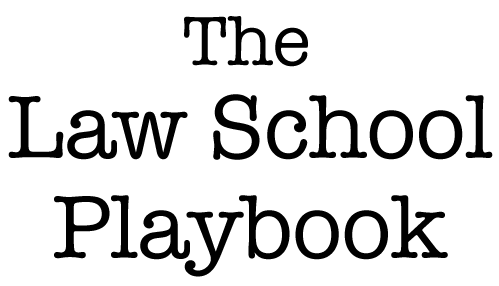If you are 1L just starting out, use these pointers to understand multiple choice questions in law school. If you are a 2L or 3L who is familiar with multiple choice questions in law school, let this information be a reminder of best practices. Above all else, meaningful practice is key!
The anatomy of a law school multiple-choice question. The question has three main parts:
1. The root, which is the facts on which the problem is based;
2. The stem, which is the prompt or the call of the question; and
3. The answer set, which consists of the choices.
Identifying the best answer. Generally, law school multiple choice questions require you to select the “best” choice among several options. How to do so methodically:
1. Eliminate the obviously wrong answers first. Obviously wrong answers are those that apply the wrong rule or reasoning, mischaracterize the facts, or misstate the law. Eliminating the obviously wrong answers first makes sense in that it improves your odds of selecting the correct answer if you have to guess.
2. Read the question and then ask yourself:
What issue is being tested?
What rule do you need to know to answer the question?
(Hint: Let the stem guide your analysis).
3. Evaluate all of the remaining answers to determine if more than one could be correct.
4. Once you are down to two choices, both of which seem right, then analyze which answer is best.
5. Go through the answer choices and explain why one is the “best” and why the other three are not.
Tip. When you really don’t know, consider which answer is more specific. The narrow answer is usually the better answer. For example, if one answer references a rule but another answer references a rule and details from the fact pattern, the detailed answer is probably the better answer.
Tip. Be on the lookout for answers that are right for the wrong reason. Attention to detail will help you identify the nuance of getting to the “better” answer.
PREPARING FOR MULTIPLE-CHOICE EXAMINATIONS
Stated simply, know the law. Many students mistakenly believe that a general familiarity with the rules is sufficient to allow them to reason their way to a correct answer. However, because law school multiple-choice questions require knowledge of the rule and analysis to arrive at the “best” choice, you must know the law cold.
Practice, practice, practice. The best approach to any law school exam, be it essay or multiple choice, is to practice. That is, get as much practice as you can answering multiple choice questions.
Read carefully. When practicing, read the question carefully. Do not assume words and facts that are not there. Similarly, do not substitute your instincts for what you know is legally correct. Finally, apply the rule to the facts without getting emotionally involved with the parties.
After reading the question carefully, then ask:
1. What issue is being tested?
2. What rule do you need to know to answer the question?
3. Follow the methodical approach set forth above: go through the answer choices and explain why one is correct and why the other three are incorrect.
4. Seek clarification from your outline when you realize you don’t know the rule or understand a nuance—don’t just move on.
Timing. As your final exam nears, work under timed conditions to make sure you are able to answer questions in the time allotted.
Tip. If you have an exam that consists of both multiple choice and an essay, do the math. That is, allocate your time based on how your final exam score is calculated. Make a plan concerning your timing and stick to it.
Have the right mindset. If you are a student who experiences anxiety over multiple choice questions, try to shift the way you think about them. One suggestion is to start thinking of multiple choice questions as short essays. Like essays, multiple-choice questions require you to identify the issue, identify the rule, and analyze the facts. Instead of having to write from scratch, however, the choices are provided to guide you to the right answer.
Changing answers. There is conflicting data concerning whether it is wise to change your original answer to a multiple choice question. In my view, the bottom line is that you may change your answer, but do so only for good reason and not based on pure instinct or emotion.
